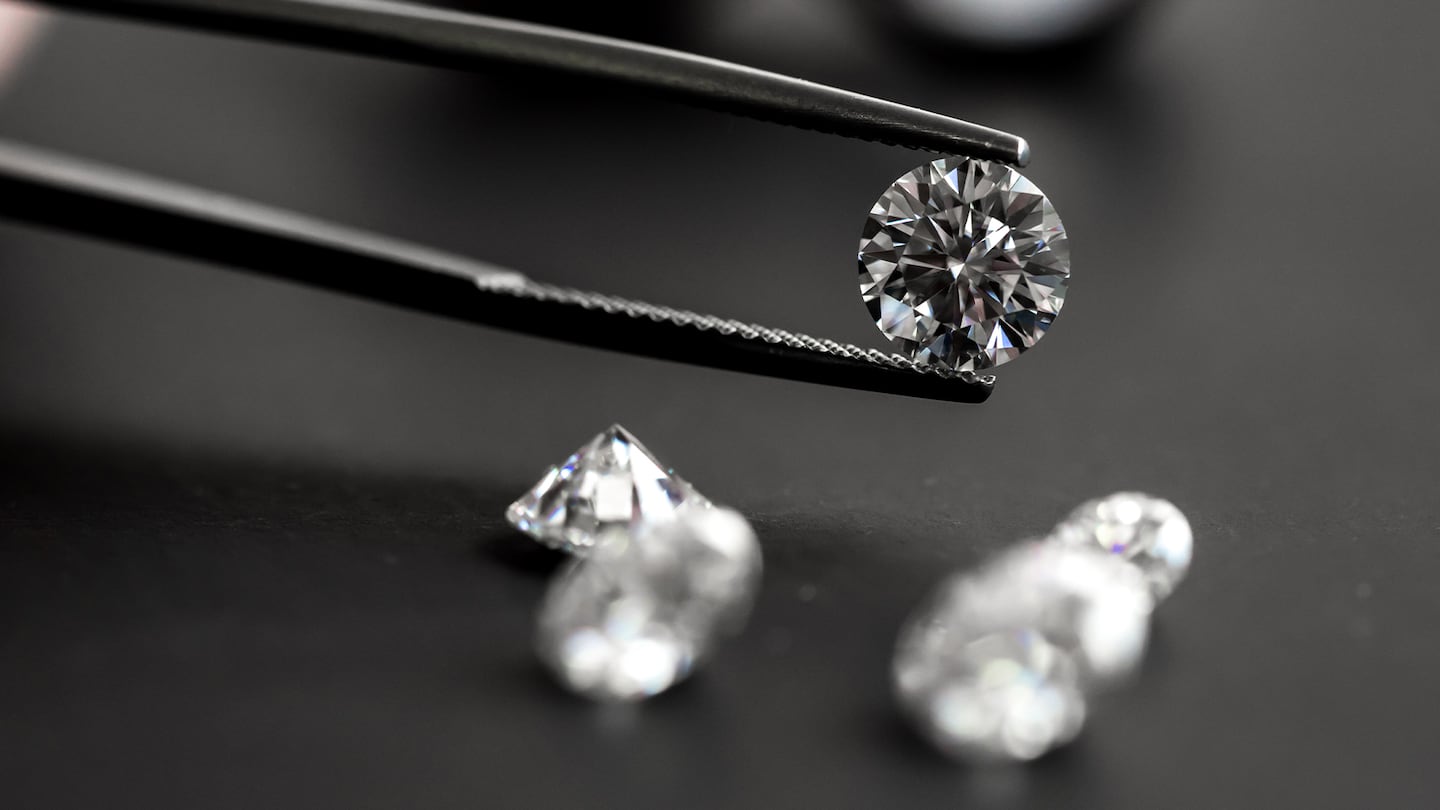
The Business of Fashion
Agenda-setting intelligence, analysis and advice for the global fashion community.

Agenda-setting intelligence, analysis and advice for the global fashion community.

The global diamond sector is scrambling to get ahead of an upcoming G7 ban on Russian gems, with consumers and producers battling to manage ever more complex supply chains against a backdrop of sluggish demand.
With direct sales of Russian gems already crushed by U.S. sanctions on Russia’s state diamond miner Alrosa, the G7 is now in the process of thrashing out details of a further ban on indirect sales in its member countries, expected by end-October.
But even before it is in force, producers say Western customers have been shunning gemstones from Russia, the world’s biggest producer of rough diamonds by volume with 30 percent of the market.
Tiffany, part of French luxury group LVMH, said in March last year it had stopped sourcing rough diamonds from Russia.
ADVERTISEMENT
Labels of Swiss-based luxury group Richemont, including Van Cleef & Arpels, went further, sending executives to visit suppliers in India and hiring an external auditor to look at gemstone flow in the supply chain.
The proposed G7 ban now risks further complicating supply chains, at a point when demand is already under heavy pressure.
With various proposals under consideration, the industry is currently debating how a diamond’s country of origin should be checked, where it should be done, and what sizes of stones, rough or polished, should be part of the rule.
“It’s all about the breadth and interconnection intricacies of the supply chain that makes this technically difficult,” diamond analyst Paul Zimnisky said.
“The diamond trade spans many countries, with many different cultures, religions and levels of economic development.”
Demand for diamond jewellery is already suffering in the US, home to 55 percent of global demand, due to high interest rates, a muted post-pandemic recovery in China, and competition from lab-grown diamonds.
India - cutter and polisher of 90 percent of the world’s rough diamonds - last month asked global miners to stop selling it rough gems for two months to manage accumulated stocks. That means stocks at diamond miners will grow.
“At some point these stocks will have to come onto the market,” Richard Chetwode, a diamond industry consultant said.
ADVERTISEMENT
De Beers, the world’s largest rough diamond producer by value, said in a recent report that while global diamond jewellery demand would hold above pre-pandemic levels in 2023, the economic landscape was difficult.
“Elevated inflation and higher interest rates continue to affect consumer confidence and discretionary spending in some of the major diamond consuming countries, including the US and Europe,” the company said.
According to Richard Chetwode, “retail in China has been hit badly, and the US retailers are already stocked to the gills ahead of the Christmas season.”
“There are literally no buyers” of rough diamonds now, he said.
By Polina Devitt, Clara Denina and Mimosa Spencer
Learn more:
How 2023 Became the Year of the Lab-Grown Diamond
Consumers are increasingly buying into the idea of lab-grown stones, altering long-held jewellery industry standards for how diamonds are sold.
After a decade of turnaround attempts, the British trenchcoat maker’s efforts to thrive as a top luxury player continue to falter. The brand needs more accessible prices and marketing — and quick.
The designer joins BoF founder and editor-in-chief Imran Amed to discuss the ups and downs of his career in fashion and why his new label Donde Esteban is the most authentic manifestation of his creativity.
The management shakeup was announced as the Cartier owner reported mixed sales results including an unexpected turnaround in the US.
CEO Daniel Lalonde hopes to stand out from competitors in the luxury design segment by spotlighting the group’s most recognisable brands.